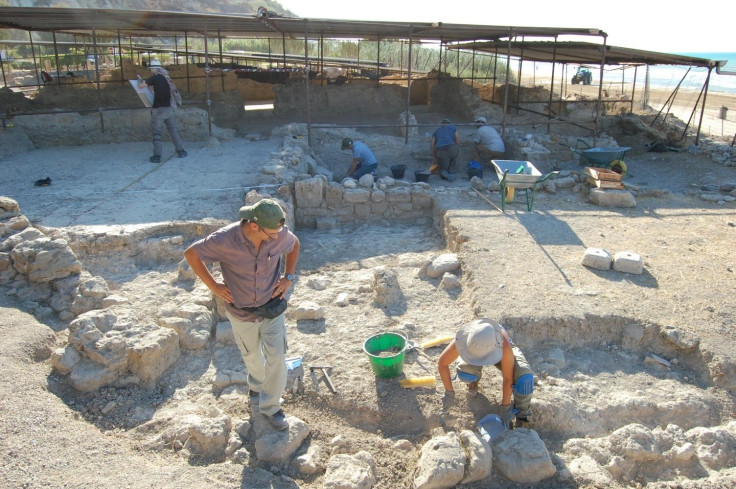Sicily: 1,800-year-old Roman villa is the largest and most extravagant ever excavated
The spectacular villa was occupied for 500 years straight.
Archaeologists have revealed the remains of a 5,000-square-metre Roman villa in Italy dating from the 2nd century CE.
Sicily was the first province beyond mainland Italy to come under Roman control at the end of the first Punic War in 241 BCE. Four hundred years later, the empire was well established and life in the province was mostly peaceful and productive.
The Roman villa of Durrueli near the town of Realmonte, Sicily, is an example of the success of the empire at this stage. It is the largest in Sicily and has at last been fully excavated, nearly 40 years after it was first attempted by Japanese archaeologists in 1979. The villa was first discovered in 1907.
The most recent excavation was carried out by researchers at the University of South Florida, led by Davide Tanasi. The villa was found to have been occupied continuously for 500 years between the 2nd and 7th centuries. During that time its occupants had built new walls, altered the floor levels and added staircases and water channels.
The team discovered a large quantity of African late Roman pottery, including equipment for a kiln. It's thought that the village in which the house was found might have gained most of its wealth from pottery, manufacturing bricks and tiles on an industrial scale.
The team used 3D scanning technology from the ground and the air to map the entire villa, creating a model from which to extend their research into the history and function of the building.

© Copyright IBTimes 2025. All rights reserved.




















